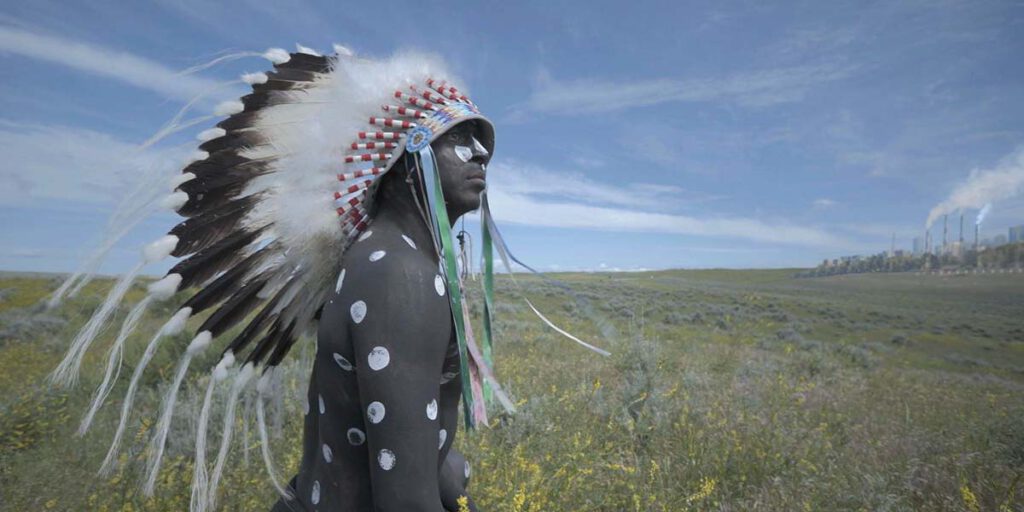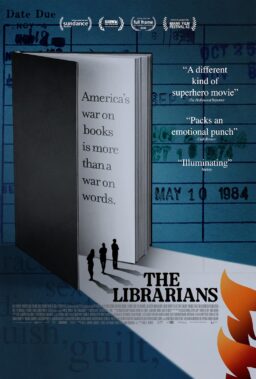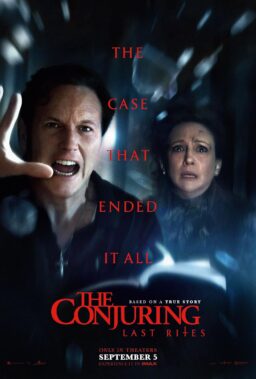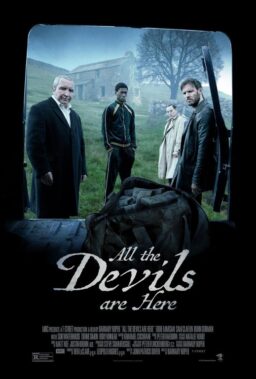Michelle Latimer runs on passion. At this year’s Toronto International Film Festival, Latimer’s two newest projects debuted: “Inconvenient Indian,” a documentary that looks at Indigenous representation in North America and “Trickster,” an upcoming supernatural television show.
Both projects address issues of Indigenous representation that are deeper than film, and Latimer is just the person to tell them. In “Inconvenient Indian,” based on the book by the same name by Thomas King, the root of colonization and the pain that overlaps into media portrayal, both fiction and non-fiction, are outlined through both a historical and modern lens. Many have the idea that an ‘Indian’ is a quiet, non-threatening primitive individual who looks like what they’ve seen on the silver screen. Nor are Indigenous people images of Halloween costumes, sitting in packages in a store. Both couldn’t be further from the actual existence of Indigenous people. The varying cultures and generational sacrifices that make up the Indigenous people of North America have been erased from the mainstream. It is time for this to be undone.
“Trickster” is the mark of a new era in Indigenous media. Adapted from the novel by Eden Robinson, the first two episodes of this series are dark, funny, and ridiculously suspenseful as Latimer hints at what is to come. The story focuses on Jared (Joel Oulette) and the sporadic world around him, which includes his capricious mother (Crystle Lightning) and the consequences of her behavior. While Jared seems to manage these challenges easily, the appearance of a new man in town (Kalani Queypo) might reveal some ugly truths.
I had the opportunity to talk with the zealous filmmaker about these two projects, her hopes for the message behind each one, and the future of Indigenous filmmaking.
How did you get into filmmaking?
You know what, I was an actor and I was becoming pretty disillusioned with the business so I was going to leave the business. I had applied to medical school and was in the midst of doing my interviews. I was walking with my partner at the time and he said, “If you took away the idea of stability and you could do anything you wanted in the world, what would it be?” I love film so I answered that I would love to make a film. He then told me that I had to do it, I couldn’t go to medical school. So, the ImagineNATIVE Film and Media Arts festival, which is the largest Indigenous film festival in the world, was doing a make your first short film contest and I applied, and won. I made my first film on Super 16mm and it showed at the festival. Having that sort of timeline and the support and mentorship along with a place to exhibit it contributed to me making films in the future.
Your passion is obvious in your filmmaking and you have a very special way of telling a story, which is why it is impressive to see your two very different projects at TIFF this year. Did you have to go into each production with a different mindset?
Definitely a different mindset. Documentary filmmaking is real life, it’s real people. There’s no script. You have an idea and maybe a way of approaching it but the story unfolds and evolves. For me, documentary filmmaking keeps me fluid, on my toes: constantly adapting and listening. With drama, even though you have a script and you are shooting so many pages a day and you know exactly what you’re shooting, the kind of thinking quickly on your feet comes in handy in fiction filmmaking.
Both “Inconvenient Indian” and “Trickster” are very different but very powerful projects. They are essentially saying the same thing in different ways.
I agree.

So, with “Inconvenient Indian”: you were adapting the book by Thomas King which is a lot of Native reality packed in to inform the reader with some harsh truths. Your documentary does something similar. How did you even tackle Thomas King’s book?
I just broke down the book thematically and then I stopped thinking of the book in words and started thinking of it in images.
I noticed that every time you introduced an issue or inaccurate representation, you counteracted that with the correct information or the truth.
I wasn’t conscious of that as much as I was just wanting to show another side in what was true to my experience. The decision to put the distribution of the seal meat after the protest section was very subliminal, but a way for me to say, “let’s look at the type of violence we’ve normalized.” And if we are more angry about a seal being killed than these land defenders be rubber bulleted and attacked by their own police forces, we need to reexamine our own mythology. A lot of my works, in this film particularly, are things I’m really angry about and I was trying to through that.
I did not catch on to the connection between the seal meat being given to the family right after the protesters, mainly because I was sobbing through those images. It is so hard to see violence happen and know that it is still happening. Your commentary on media portrayal in “Inconvenient Indian” is very powerful. What do you want Native audiences to get out of this documentary versus non-Native audiences.
I think it’s a bit different. I want Native audiences to feel celebrated and have a sense of hope that the things we’re doing in our communities make a difference. We have to continue to strive even when it’s difficult because there are so many things that we come up against. I hope (Native) people see it as a love letter to our communities. For non-Indigenous communities, I really hope the documentary is a provocation. One of the most common things I hear from non-Native people is something Thomas says in the film: can’t they just get over it and move on? Or they say: sure, my grandparents and my forefathers did horrible things but that’s not me. I think the movie makes it very clear that the past is not separate from the present. With Indigenous people, as you know, our past and our present are synonymous. We walk with our ancestors right now which influences how we move into the future. So, the influence that we have now determines the future we build for ourselves. I think it’s important that we are accountable to each other, especially now when we are seeing racial violence and protests all across North America. We should be questioning all the narratives we have accepted as true for so long.

So, to get into “Trickster” a little bit: I got to see the first two episodes and I immediately was ready for the rest of the season. What I saw was a slow burn, as you’re introducing the world and the characters. I loved how you took your time with the pacing and you have me hooked.
It’s interesting you say that because some of the feedback I’ve gotten is that it unfolds too slowly but I feel like I want to know a world before I know the supernatural that is going on. I don’t know, maybe my internal pacing is different from the mainstream.
So, how did you prepare for this project? It’s a fictional world, it’s supernatural and it’s a television series.
I grew up on old Lynch and Cronenberg, I just love horror and I knew I wanted to homage the older genre films so that part was easy. In terms of preparation, I had never run a scripted series before so I would say, my job was to keep the ball moving: make decisions and move forward. Keeping everything organized was a huge part of this. And remembering why we were doing this. We weren’t just trying to make a show, we were decolonizing a film set. We had a ceremony to kick off shooting, we had an elder on staff that would do sweat ceremonies and storytelling at lunch times. We were implementing mentorships and employment across every department for Indigenous people. I had an extensive female Indigenous director shadow program. We were trying to do a lot that isn’t on screen.
My last question is something I like to ask any Indigenous person I have the opportunity to speak with in this industry: what does the future look like for Indigenous filmmaking?
Honestly, I just want to see more filmmakers, writers, producers. I want more people to have the opportunity. I’ve heard people tell me, “Oh, we would love to do your project but there aren’t enough Native writers” or “How are going to get Native actors? There’s such a small community of them.” I don’t want to hear that ever again. I want to dedicate my work to creating capacity so that someday, there will be a filmmaker who won’t be denied the opportunity to make their film. These questions won’t exist.











